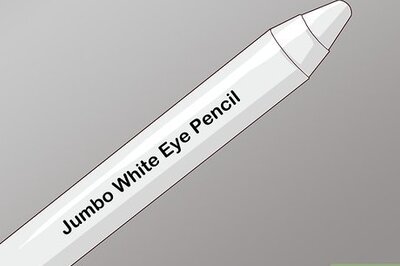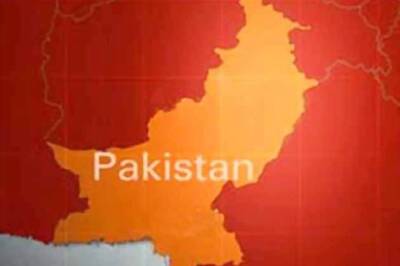
views
Space and defence are seeing major technological development, with many start-ups making significant progress in the area, but IESA president believes the country needs DARPA-like approach to accelerate innovation.
It needs to be noted that DARPA serves as the central research and development organisation of the Department of Defense in the US.
India Electronics and Semiconductor Association (IESA) president and CEO K Krishna Moorthy said companies, which are currently working on developing tech solutions for both sectors include Tata Electronics, L&T, Bharat Forge, Alpha Design Ltd and dual-use drone firms.
“Companies like Skyroot, Agnikul, Dhruva aerospace, Astrome and some of the new companies on the block have done exceedingly well in their early years in the challenging space & defence domain. The recent launch of the NaviC receiver developed by Accord Systems and Manjira Systems are truly remarkable product development achievements of this fledgling private industry in its nascent years,” Moorthy said.
Where Do Indian Start-Ups Stand?
Moorthy told News18 that India’s start-ups have done “phenomenally well” in both space and defence sectors, while the InSpace initiatives and iDex initiatives of the government have started showing encouraging results from these companies. He said both the schemes are well defined to enable the growth of Indian start-up and MSME industries.
The IESA CEO further said there is a separate TDF administered by DRDO and they are encouraging for the start-ups to work with them since they offer grants of up to Rs 1 crore for critical technology development.
He said: “The start-ups in space particularly have shown that they can handle very complex problems with confidence and create high-quality results. The effort by defence start-ups to develop solutions that can meet the defence OEM’s offset obligations are slowly increasing which is a very positive sign.”
Moorthy also stated there are companies in the private sector who are now developing Head Up Displays and complex LRUs for fighter aircraft and he believes that this will significantly increase in coming years, making space and defence start-ups more attractive.
While talking about the need of the moment, he said: “Both space and defence systems in India need material science to develop in a big way in the country. Conventional wireframes and materials like aluminium are being fast replaced by composites. India’s R&D in this field needs some strengthening.”
Developing next-generation solid fuels, cryogenic engines, secure communication systems for defence, strong cyber security systems, are some of the opportunities for the Indian industry to develop, deploy and monetise in the near future, he said. “Battery technology is another area of immense interest to the industry since they also will find a huge dual-use commercial application as well,” he added.
Indigenous Tech Development
According to Moorthy, there are now four lists that the defence establishments have published, which are identified for indigenisation, the most recent one with 900+ items released just a few weeks ago.
“These items if developed and manufactured from India on a commercial scale will find a global market as well,” he added.
He said: “Let the Academia and industry jointly develop core technologies and then the government labs and entities then internalise them and ruggedise them to make deployable systems. It is the stage of getting the product qualified and deployed that causes many industries to struggle and they get bogged down.”
“At least in the early stages of a company it may be prudent to use the brilliant engineers of the industry to develop solutions to the PoC (proof of Concept) stage and thereafter the DRDO/ISRO labs take them over to make deployable systems,” he noted.
Moorthy also said there are many Electronics Manufacturing Clusters (EMCs) that are being developed in the country in almost all states. He believes that it may be a good and pragmatic approach for the government to assign a few of these EMCs exclusively for space and defence.
“They need expensive and special test facilities and concentrating these into one or two clusters and then government entities like DRDO and ISRO creating these common test facilities in these EMCs can accelerate the start-ups and MSMEs to succeed faster,” he added.


















Comments
0 comment